Bureau Veritas issues new rules for offshore vessels and tugs
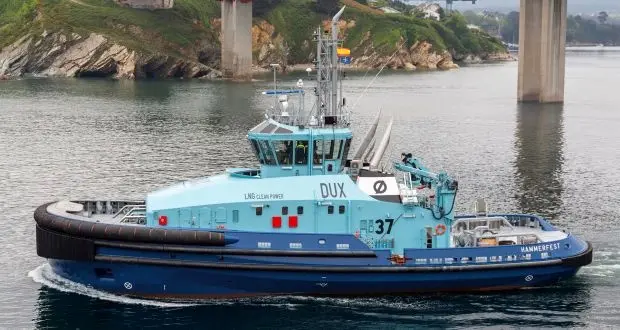
Bureau Veritas has issued new rules for the Classification of Offshore Service Vessels and Tugs, including new class notations for pipelay vessels, accommodation units, offshore construction vessels and support vessels.
The new rules set out requirements for the classification of a wide range of vessels performing construction, installation, maintenance and other support activities at sea. These requirements cover towing, anchor handling, supply, fire-fighting, oil recovery, diving support, lifting, standby and rescue, accommodation, pipe laying, cable laying and semi-submersible heavy transport vessels.
New and updated class notations and service features have also been included for:
Wind turbine installation vessels
Self-elevating units – covering the legs and elevating systems fitted on liftboats
MOUs (Mobile Offshore Units) Code compliant accommodation
SP[PoB]-capable (Special Purpose / number of persons on-board), indicating compliance with the 2008 SPS Code for an anticipated increase of the number of persons on-board
Service notations for tugs and escort tugs – indications for the design values of bollard pull, steering/braking force and speed, in combination with operating area notations for restricted operations as applicable, i.e. for harbour tugs or coastal tugs
Feedback, from international cross-industry projects and working such as SafeTug and a range of IMO groups focused on stability for towing, anchor handling, lifting operations and supply operations, has been incorporated into the new rules.
Gijsbert de Jong, Bureau Veritas Marine Marketing and Sales Director, said:“With this new publication Bureau Veritas provides the industry with a clear framework for the classification of offshore service vessels and tugs based on an end-user friendly system of class notations reflecting the terminology used by the industry.”


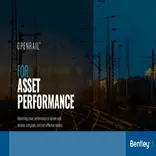

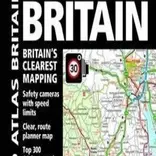
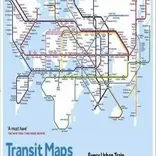


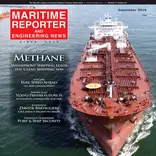


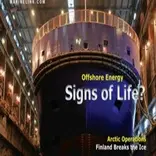

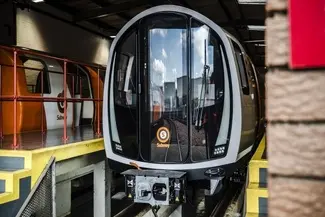

![AIRBUS A380 [MORE THAN 600 PASSENGER’S CAPACITY PLANE]](https://cdn.tinn.ir/thumbnail/4jCp4EQvCU0b/IjHVrSYQrIAqIzXuTzADR7qLYX4idQT4nfq__26E5SCUPLMqfhWkWajvuO9Wfq1ql1TjV4dhkrHliNQU82kMpo2NNftT_NGEwHc9KXtN_rk731bmifa2IQ,,/airbus-a380-structure1.jpg)

Send Comment